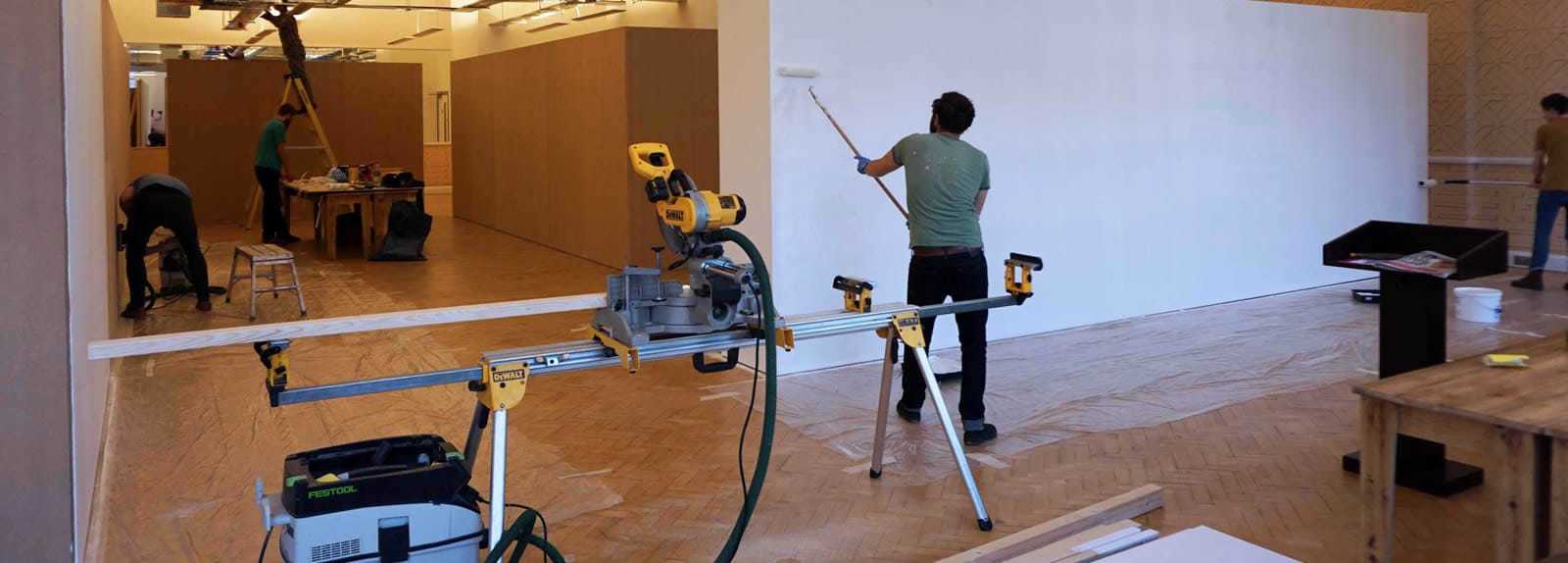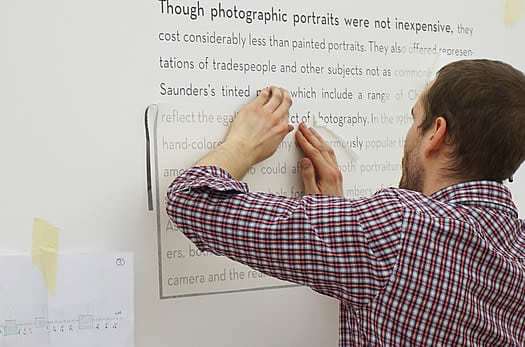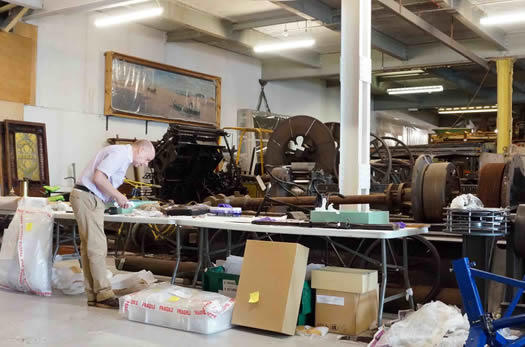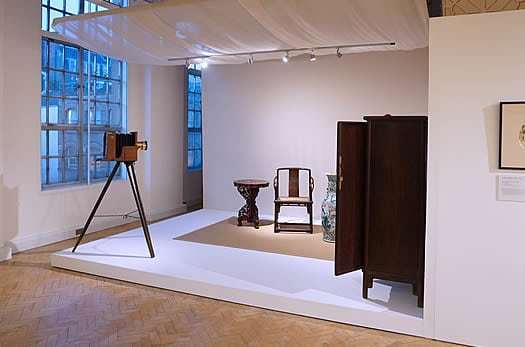Travelling Exhibition Design – Part 2
How do we help in designing a travelling exhibition?
In Part 1, “Why Tour an Exhibition?“, we discussed the importance of gathering detailed information about potential venues for your travelling exhibition, including floor plans and square meterage. With this information in hand, the next step is to carefully evaluate your options and determine which location best meets your needs. To make an informed decision, you should consider various factors such as:
- exposure
- visitor numbers
- relevance
- exhibition space size.
Moreover, depending on the size and importance of your travelling exhibition, some venues will be happy to construct temporary walls and supply existing showcases, lighting, graphics, labels, and manpower for installation. For these reasons, it would also be good to comprehend what each museum or venue will contribute to your travelling exhibition. However, for this exercise, let’s assume they are not supplying anything. Now armed with the venue information, you need to create an exhibition design that will engage visitors, impart information, and unfold intriguing stories.
“Bringing your travelling exhibit to life.”
We unfold and design engaging stories for diverse audiences across the globe.
Are you designing a travelling exhibition? Here are a few top tips to guide the process. I mentioned previously that my preferred methodology is via large-scale card models (for example, 1:20 scale). You can see examples here > working models.
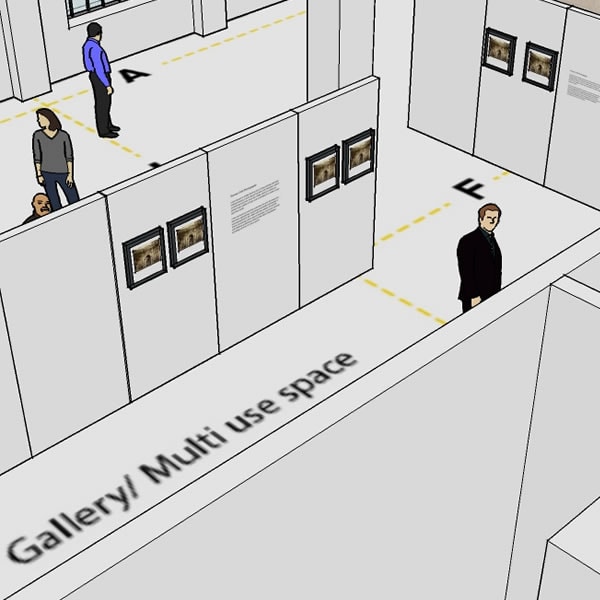
Furthermore, by using these working models, designs can be tested and altered until a workable solution is generated. Of course, this isn’t an easy or quick task. It might give you a few sleepless nights, but the final design is truly worth the effort. From my experience, it is far better to make mistakes while in model form. If this happens later in the design process, it could be very expensive.
Once you are happy with your design, it’s time to record the layout via drawings. The drawing should include numbering, annotations, and a listing of each item in an Excel spreadsheet. This spreadsheet will be invaluable later. Moreover, it will allow you to check that you have included the whole exhibition when you start to redesign the exhibit for the next venue. In addition, it can be a valuable tool in creating a relatively accurate budget for funding. The next step to think about is the subsequent venue. You should check if your design can be altered and applied to the different layouts and amounts of space (square meterage) without losing the very essence of your travelling exhibition.
Consequently, it may prove necessary to add/remove items from the exhibition. This will allow you to accommodate the space and retain the same display intensity.
These design exercises will also make you aware of many other tasks and difficulties when organising a travelling exhibition. For example, transportation, conservation, loaning objects, object mounting, packing, eco-friendly (sustainability), security, insurance, etc. Nevertheless, by using this design method for all your venues, you will identify the minimum, maximum, and optimum space required for your travelling exhibition. If you need assistance, we would be happy to assist you with designing a travelling exhibit that equates to something special.
Read more on travelling exhibition design
Part 1 – Why Tour an Exhibition?
As part of this series, we will first look at the various reasons why art collectors travel their collections or themed exhibits around the world. Check out our comprehensive list here.

